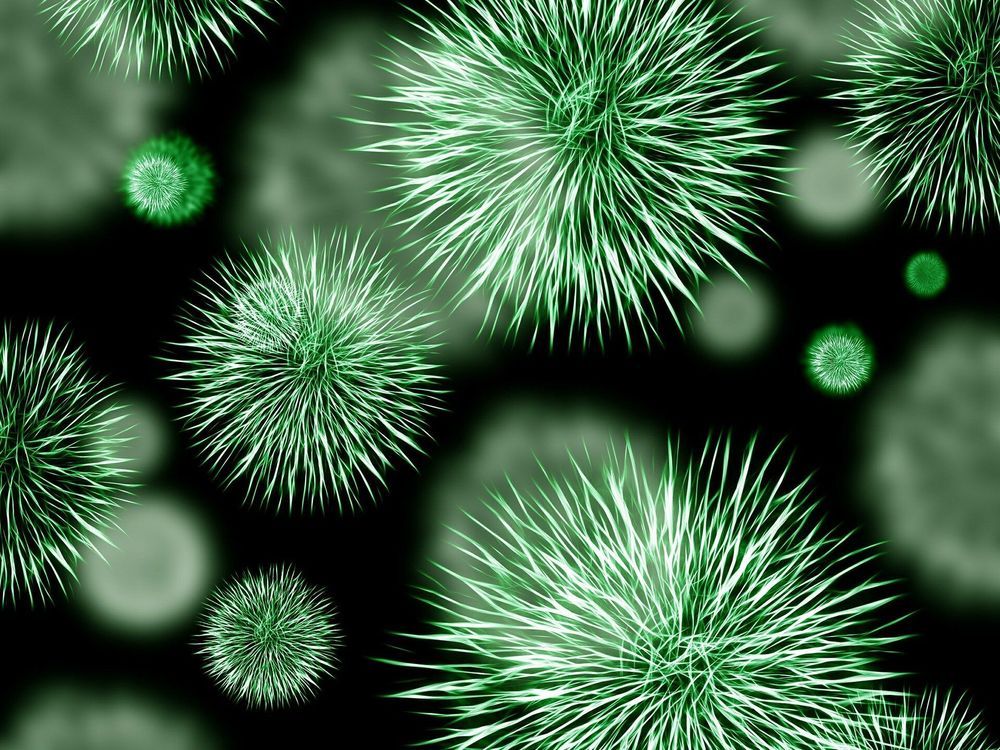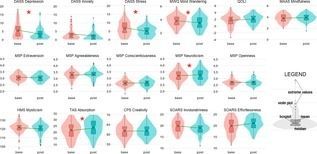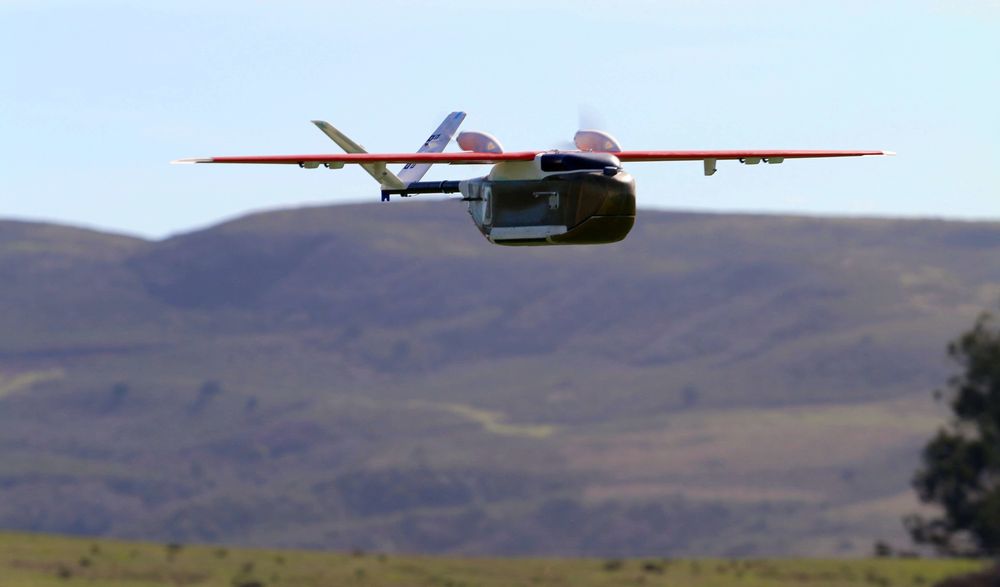Adding health data to huge pedigree could be a powerful research tool.



It won’t be simple. As with the advent of the car, many serious implications will be emergent, and the harshest effects borne by communities with the least powerful voices. We need to move our gaze from individuals to systems to communities, and back again. We must bring together diverse expertise, including workers and citizens, to develop a framework that health systems can use to anticipate and address issues. This framework needs an explicit mandate to consider and anticipate the social consequences of AI — and to keep watch over its effects. That is the best way to ensure that health technologies meet the needs of all, and not just those in Silicon Valley.
Health authorities are overlooking risks to systems and society in their evaluations of new digital technologies, says Melanie Smallman.



The biggest source of variability in the microbiome is the person-to-person variability. It’s a problem if you’re looking for causality. That’s a red flag word for us – causality – meaning something about the bacterial community causes some disease. You actually don’t know whether it’s the bacteria or whether the bacteria are a sign of something that happened before. It’s very much individualized, so everybody’s history matters.
We are all teeming with bacteria that help us digest food or fight disease, but two people might play host to a very different array of bacteria due to diet, where they live, hobbies or even medical histories.
As a result, scientists have struggled to understand which bacteria are linked to disease and which protect against it. Studies comparing people’s bacterial companions – known as the microbiome – to explore what that variation means might disagree because they analyzed different groups or didn’t sample enough people.
Statistics Professor Susan Holmes thinks one way of teasing out which differences are relevant to disease and which are just differences between people could come down to statistics and repeating studies.

By tapping nutrients from bedrock, red alder trees play a key role in healthy forest ecosystems, according to a new study.
The study published today in the journal Proceedings of the National Academy of Sciences.
Researchers from Oregon State University and the U.S. Geological Survey determined red alder, through its symbiotic relationship with nitrogen-fixing bacteria, taps nutrients that are locked in bedrock, such as calcium and phosphorus. This process accelerates rock dissolution, releasing more mineral nutrients that allow plants and trees to grow.

The phenomenon of ‘microdosing’, that is, regular ingestion of very small quantities of psychedelic substances, has seen a rapid explosion of popularity in recent years. Individuals who microdose report minimal acute effects from these substances yet claim a range of long-term general health and wellbeing benefits. There have been no published empirical studies of microdosing and the current legal and bureaucratic climate makes direct empirical investigation of the effects of psychedelics difficult. In Study One we conducted a systematic, observational investigation of individuals who microdose. We tracked the experiences of 98 microdosing participants, who provided daily ratings of psychological functioning over a six week period. 63 of these additionally completed a battery of psychometric measures tapping mood, attention, wellbeing, mystical experiences, personality, creativity, and sense of agency, at baseline and at completion of the study. Analyses of daily ratings revealed a general increase in reported psychological functioning across all measures on dosing days but limited evidence of residual effects on following days. Analyses of pre and post study measures revealed reductions in reported levels of depression and stress; lower levels of distractibility; increased absorption; and increased neuroticism. To better understand these findings, in Study Two we investigated pre-existing beliefs and expectations about the effects of microdosing in a sample of 263 naïve and experienced microdosers, so as to gauge expectancy bias. All participants believed that microdosing would have large and wide-ranging benefits in contrast to the limited outcomes reported by actual microdosers. Notably, the effects believed most likely to change were unrelated to the observed pattern of reported outcomes. The current results suggest that dose controlled empirical research on the impacts of microdosing on mental health and attentional capabilities are needed.
Citation: Polito V, Stevenson RJ (2019) A systematic study of microdosing psychedelics. PLoS ONE 14: e0211023. https://doi.org/10.1371/journal.pone.
Editor: Danilo Arnone, King’s College London, UNITED KINGDOM

Rwanda’s advancements on the technological front have been dazzling, with that enviable touch of innovation. Ever since deliveries of health supplies through drones commenced in 2016, the stats have been phenomenal.
To date, over 10,000 health supply deliveries have been completed and this is such a huge feat. Medical drones were launched in October 2016, in partnership with #Zipline Inc. Rwanda is the first country on the continent, and in the world to have such services in the health sector. Such monumental success easily makes Rwanda’s healthcare system among the best in Africa.
Rwanda has completed over 10,000 deliveries of health supplies by medical drones.